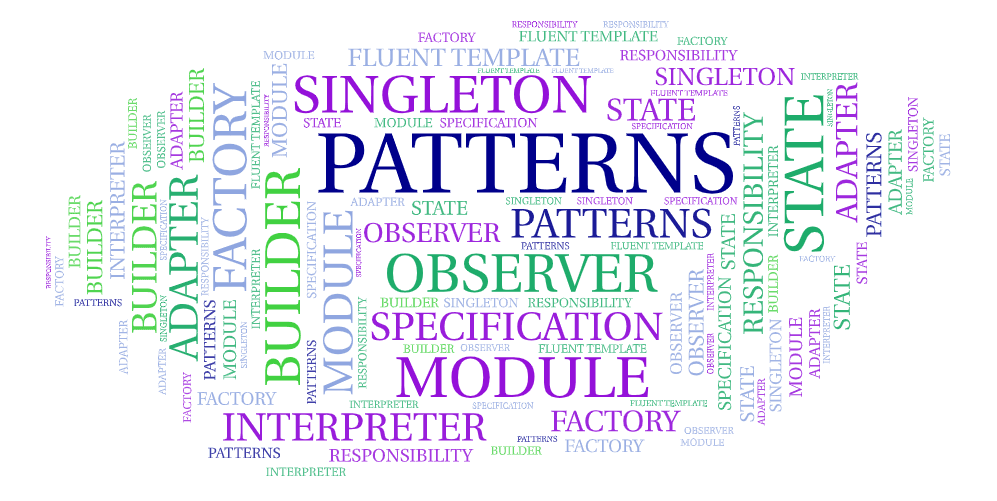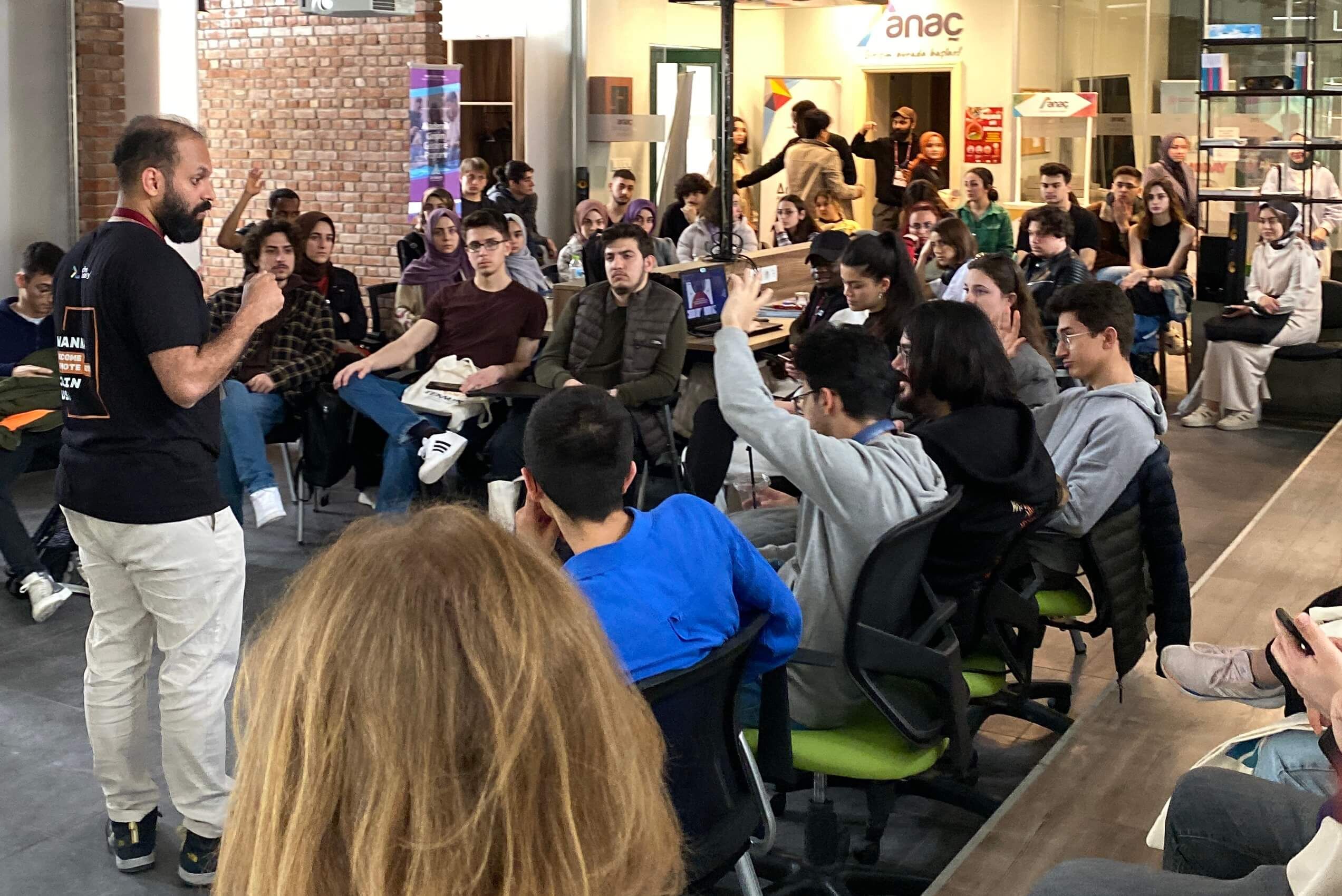Software Development
Computer Software
Software design
Mastering the Craft: A Comprehensive Exploration of Software Development Design Patterns
Mastering the Craft: A Comprehensive Exploration of Software Development Design Patterns
In software development, the importance of robust, scalable, and maintainable code cannot be overstated. As projects grow in complexity, developers seek ways to manage this complexity effectively. This quest has led to the widespread adoption of software development design patterns, considered the backbone of best practices in the field.
Understanding Software Development Design Patterns
Software development design patterns are reusable solutions to common problems encountered in software design. They embody best practices that have emerged from the collective experience of the developer community. These patterns provide a template for solving problems and promote code that is modular, flexible, and easy to understand.
Types of Design Patterns
1.Creational Patterns: Focus on the process of object creation
Singleton
The Singleton design pattern is a creational pattern that ensures a class has only one instance and provides a global point of access to that instance. This pattern is particularly useful when there should be a single point of control or coordination within a system, such as a configuration manager, logging service, or connection pool. The Singleton pattern involves creating a class with a method that either creates a new instance of the class if one does not exist or returns the existing instance if it does.
Factory Method
The Factory Method design pattern is a creational pattern that provides an interface for creating objects in a superclass but allows subclasses to alter the type of objects that will be created. In other words, it defines an interface for creating an object, but the specific classes implementing the interface decide which class to instantiate. This pattern promotes the principle of "code to interfaces, not implementations," enabling the client code to depend on abstractions rather than concrete classes.
Abstract Factory
The Abstract Factory design pattern is a creational pattern that provides an interface for creating families of related or dependent objects without specifying their concrete classes. It allows a client to create objects without needing to know the specific classes involved, ensuring that the created objects are compatible and work together seamlessly. The pattern involves defining abstract classes for the types of objects to be created and then providing concrete implementations for these classes in different factories. Each factory is responsible for creating a family of related objects, ensuring that the resulting objects are designed to work together.
Builder
The Builder design pattern is a creational pattern that separates the construction of a complex object from its representation, allowing the same construction process to create different representations. This pattern involves a Director class that orchestrates the construction using a separate set of Builder interfaces and concrete Builder implementations. The client code works with the Director to construct an object step by step, delegating the actual construction details to the Builder.
Prototype
The Prototype design pattern is a creational pattern that allows the creation of new objects by copying an existing object, known as the prototype. Instead of creating new instances by invoking a constructor, the Prototype pattern involves creating objects by copying an existing instance, known as the prototype.
2.Structural Patterns: Deal with the composition of classes and objects
Adapter Pattern
The Adapter pattern allows incompatible interfaces to work together by providing a wrapper that converts the interface of a class into another interface that a client expects. It acts as a bridge between two incompatible interfaces, enabling them to collaborate seamlessly.
Decorator Pattern
The Decorator pattern involves attaching additional responsibilities to an object dynamically, providing a flexible alternative to subclassing. This allows behavior to be added to individual objects at runtime, promoting the enhancement of functionalities without altering their structure.
Composite Pattern
The Composite pattern lets clients treat individual objects and compositions of objects uniformly. It enables the creation of complex structures by allowing clients to work with individual objects or compositions of objects interchangeably, simplifying the handling of both single and composite elements.
Proxy Pattern
The Proxy pattern involves creating a surrogate or placeholder object that controls access to another object. This can be useful for implementing lazy loading, access control, or logging, as the proxy acts as an intermediary, managing the communication between the client and the real object.
Bridge Pattern
The Bridge pattern separates abstraction from implementation, allowing both to evolve independently. It involves creating a bridge interface that decouples an abstraction from its implementation, enabling changes in either without affecting the other. This promotes flexibility and scalability by providing a clear separation between abstraction and implementation details.
3.Behavioral Patterns: Address the interaction between objects
Observer Pattern
The Observer pattern defines a one-to-many relationship between objects, ensuring that when one object changes state, its dependents are notified and updated automatically. This promotes loose coupling between components, allowing for effective communication and coordination in distributed systems.
Strategy Pattern
The Strategy pattern defines a family of algorithms, encapsulates each algorithm, and makes them interchangeable. It enables a client to choose from a set of algorithms dynamically, allowing for flexibility in behavior without altering the client's code.
Command Pattern
The Command pattern encapsulates a request as an object, allowing clients to parameterize clients with different requests, queue requests, and support undoable operations. This promotes decoupling between senders and receivers, providing a flexible and extensible way to manage command-based operations.
State Pattern
The State pattern allows an object to alter its behavior when its internal state changes. By representing states as objects and delegating the state-specific behavior to these objects, the pattern enables an object to switch between different states seamlessly, improving maintainability and readability.
Chain of Responsibility Pattern
The Chain of Responsibility pattern lets you pass requests along a chain of handlers. Each handler decides either to process the request or to pass it to the next handler in the chain. This promotes a systematic and flexible way of handling requests, allowing for dynamic composition and order of processing.
Benefits of Software Development Design Patterns
A. Code Reusability Design patterns promote the reuse of proven solutions, reducing redundancy and accelerating development cycles. This leads to more efficient and maintainable codebases.
B. Scalability and Flexibility By providing a blueprint for organizing code, design patterns facilitate scalability. Developers can easily adapt and extend existing patterns as projects grow, ensuring the flexibility needed for evolving requirements.
C. Improved Collaboration Design patterns serve as a common language for developers, enhancing collaboration within a team. When everyone understands and implements the same patterns, communication becomes more straightforward, and the codebase gains consistency.
Challenges and Considerations
While design patterns offer numerous advantages, their blind application can lead to challenges. Overusing patterns can result in unnecessary complexity, and improper implementation can lead to anti-patterns. It's crucial for developers to strike a balance, applying patterns judiciously based on the specific needs and context of their projects.
In conclusion, software development design patterns stand as the pillars of best practices in the field. By providing reusable solutions to common problems, promoting modularity, and aligning with established principles, these patterns empower developers to create scalable, flexible, and maintainable software. Through a careful application of these patterns and adherence to best practices, software development teams can navigate the complexities of their projects with confidence and efficiency.



